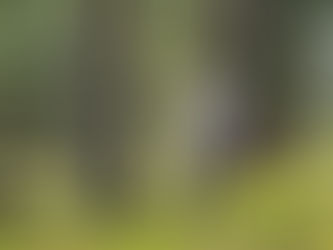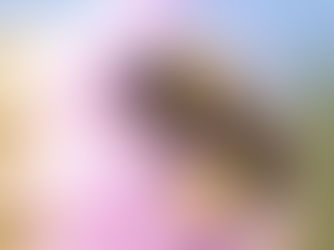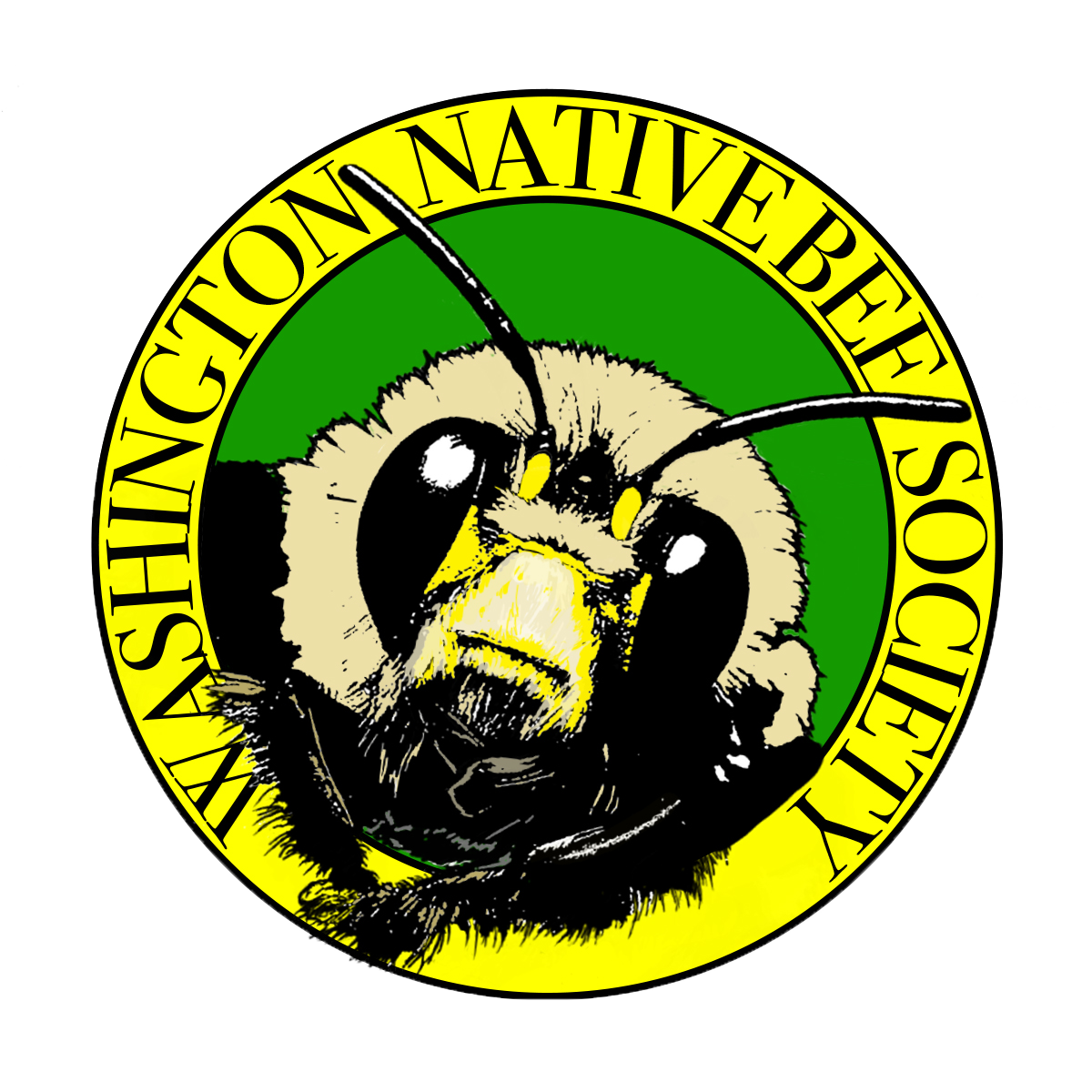top of page


Can I catch bees? A guide to Washington State regulations
The focus of this blog is on the topic of “take” (collecting) as it applies to wildlife species, including bees and other insects, with the primary focus on our Washington state laws.

David Jennings
Aug 45 min read


The western thistle longhorn bee
If a common name is any indication, these large bees have an unrivaled affinity for thistles. Their scientific name is a bit more puzzling. Melissodes translates to melissa, meaning "bee," and -odes, meaning "resembling"—so essentially "bee-like." The species name rivalis could mean "of the stream" or maybe "dweller of brooks," though I've mostly seen them in dry places. It also might hint at the word "rival." Like many scientific names, there's a mix of poetry and puzzlement

Joe Dlugo
Jul 254 min read


Rare Dune Specialist – Habropoda miserabilis
Habropoda miserabilis, Pacific Dune Digger bees, nesting, dune specialist, Blue-eyed Mary, psammophile, Seablush, Collinsia parviflora

Kris Ethington
Apr 65 min read


Look At That Face! Cinquefoil Masked Bee Discoveries in Washington
The first Washington state iNaturalist verified observation of the species, Hylaeus basalis, (Cinquefoil Masked Bee).

Kris Ethington
Feb 183 min read


Give credit where credit is due: Honey bees aren’t the only bees in the garden.
Solitary bees don’t make honey or combs of wax, but they are incredibly creative when it comes to building nests. Remarkably, over two-thirds of solitary bees nest underground. Mining bees and digger bees are good examples. These small insects that we typically see in flowers also dig burrows that can range from a few inches to several feet deep.

Julie Banken
Jan 94 min read


The green bees of Washington State
There are green bees. Tons of them. And they wear it well. So well, that I'd say green is the new black and yellow. So, let's go on a photographic adventure through Washington State's verdant pastures so you can see for yourself, and maybe you'll never see bees the same again.

Joe Dlugo
Jan 18, 20244 min read


The first native bees of spring
Digger bees (genus Anthophora) are often the first native bees to be found in a Seattle spring.

iNat user eebee
Mar 12, 20233 min read
bottom of page
